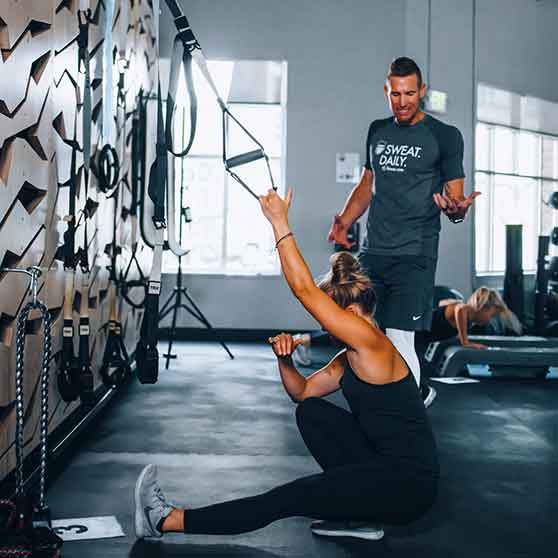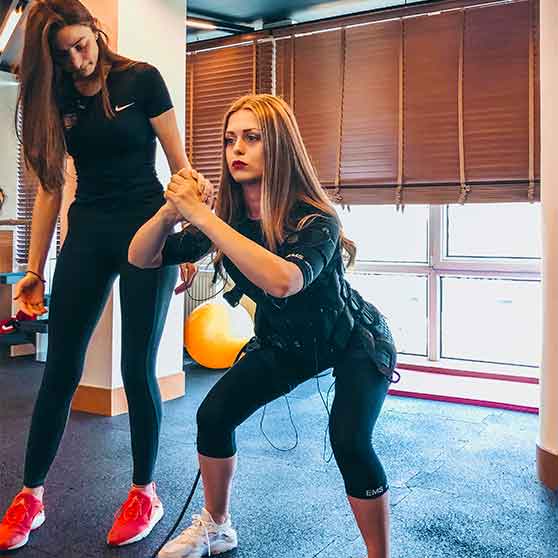Exercise Program for Cancer Patients
Even though cancer has proven to be a stubborn disease, studies have linked regular exercise and keeping the body fit with lower fatigue cases in cancer patients. By practicing different forms of exercise and eating right, one can overcome the fatigue of cancer, especially after successful treatment. This, in turn, increases survival chances and prevents cancer from recurring.
Types of Exercise Programs
A cancer exercise specialist is best placed to help with the proper exercise for a specific type of cancer. However, if you're looking for the best exercise for cancer patients, then the following options should suffice:
Aerobic Exercise
This form of exercise might look simple, and sometimes you might already be taking part in some without noticing as they make a significant part of our daily life activities. For example, when you cook, do laundry, dress up, and also clean the house, you're practically engaging in some form of aerobic exercises since the same muscle groups are being engaged.
You can take it further by including cycling, running, rope jumping, dancing, walking, and swimming on your list. These exercises are easily adaptable and can turn into a hobby since they have some fun elements.
Aerobic exercises help improve the fitness of the lungs and heart, preventing cardiovascular and respiratory diseases. They also help to improve posture and flexibility, helping cancer patients attain full recovery.
Resistance Exercise
This exercise involves intense training where the muscles work against a force or weight, unlike aerobics, where the muscles work towards the force, such as when cycling.
The most common forms of resistance exercise include weight lifting, push-ups, and the use of resistance bands, to mention a few. This exercise helps improve muscle and bone strength, making the arm, back, legs, and chest gain more strength, increasing performance.
Core Training
This exercise majorly involves building up the hip and spine muscles, beneficial for the legs and the upper body. In addition, core exercises are ideal for maintaining body posture, mobility, and balance.
The exercise also helps to improve movement, hence enabling a person to move with ease and without pain. It also makes it possible to get up from a chair to play and even allow someone to sit and do compound work like raking, grass cutting, and fence trimming.
Holloman, high plank, bridge, superman pull, v-ups, and v-sits are some exercises for the body core.
For cancer patients and recovered patients, this exercise helps to ease their back, neck, and knee pain from the long therapy sessions and side effects from the administered drugs.
Benefits of Exercise
Exercising triggers speedy recovery for cancer patients in many ways. Some of the benefits of exercise for cancer patients include:
You can always optimize these benefits by following your specialist's guide on effective exercising during your cancer treatment.
Final Thought
If you were wondering how exercise affects cancer, you now see how beneficial exercise programs can be during and after cancer treatment. Always make sure to follow your exercise specialist's advice on how to go about your training for effective results.





